- Newest
- Most viewed
Stay connected with us!
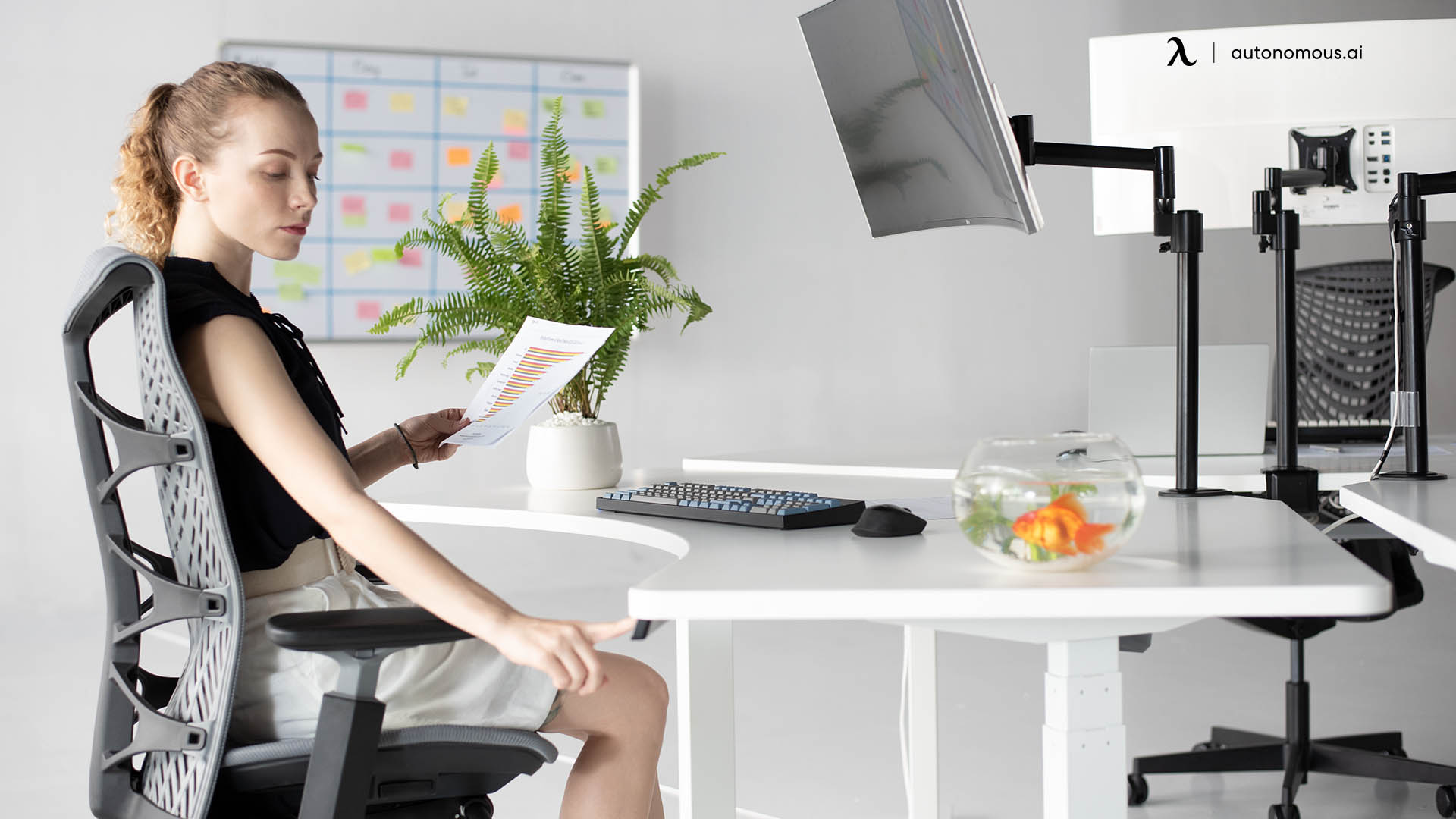
The Ultimate Guide to Spring Office Outfit
Update your wardrobe with this ultimate guide to spring office outfits, including tips on color palettes, patterns, textures, and more! Let’s read on!
Latest Updates | Feb 4, 2025 126 views

AI Art Showdown: Midjourney vs. DALL-E
Latest Updates | Feb 3, 2025 297 views
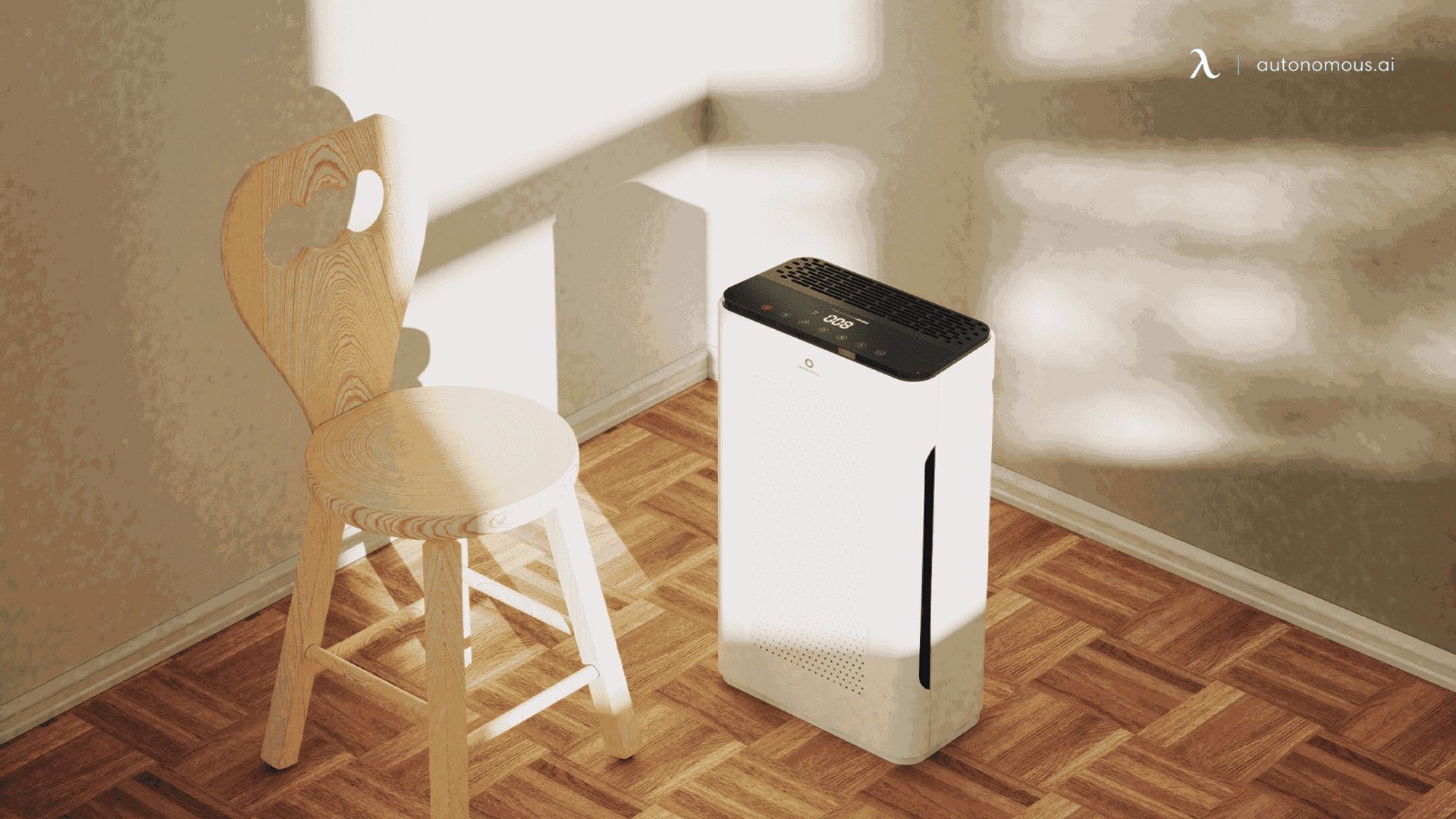
Solar Shed Dehumidifiers: How to Keep Your Shed Dry and Mold-Free
Workplace Inspiration | Feb 5, 2025 600 views
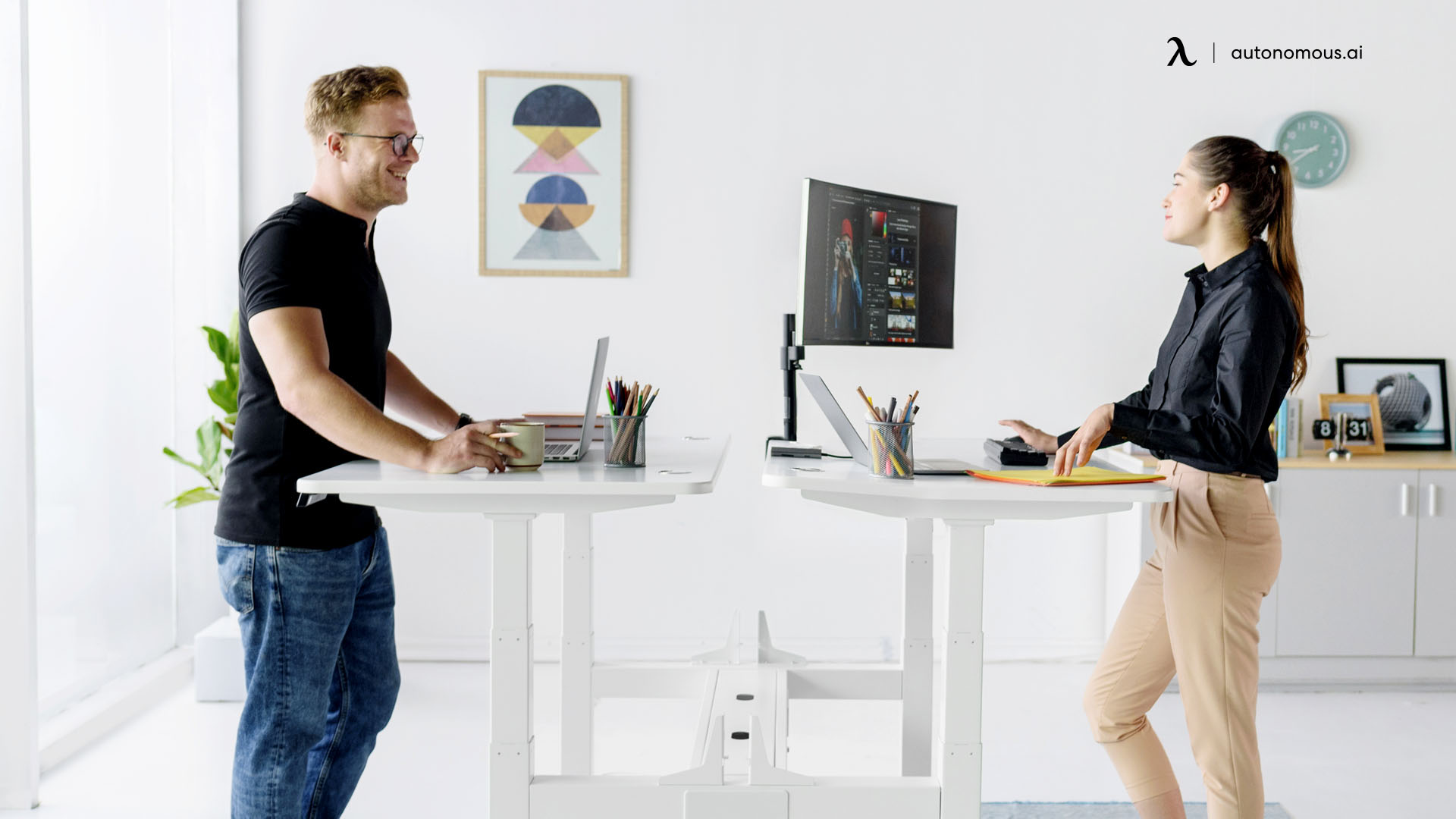
Office Cubicle Etiquette: Do’s and Don'ts
Productivity | Feb 4, 2025 189 views
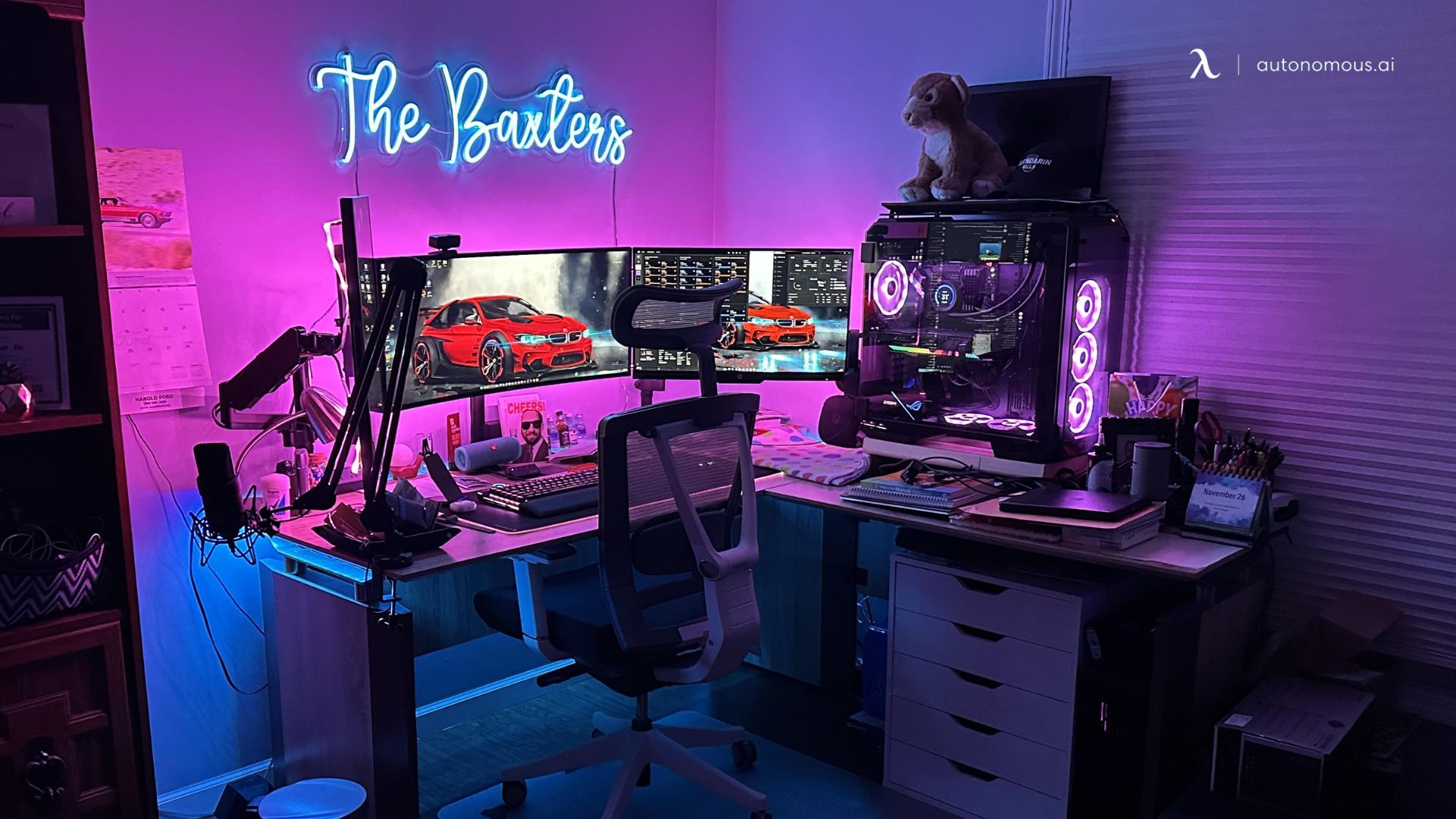
How to Build a PC for Video Editing?
Workplace Inspiration | Feb 4, 2025 596 views
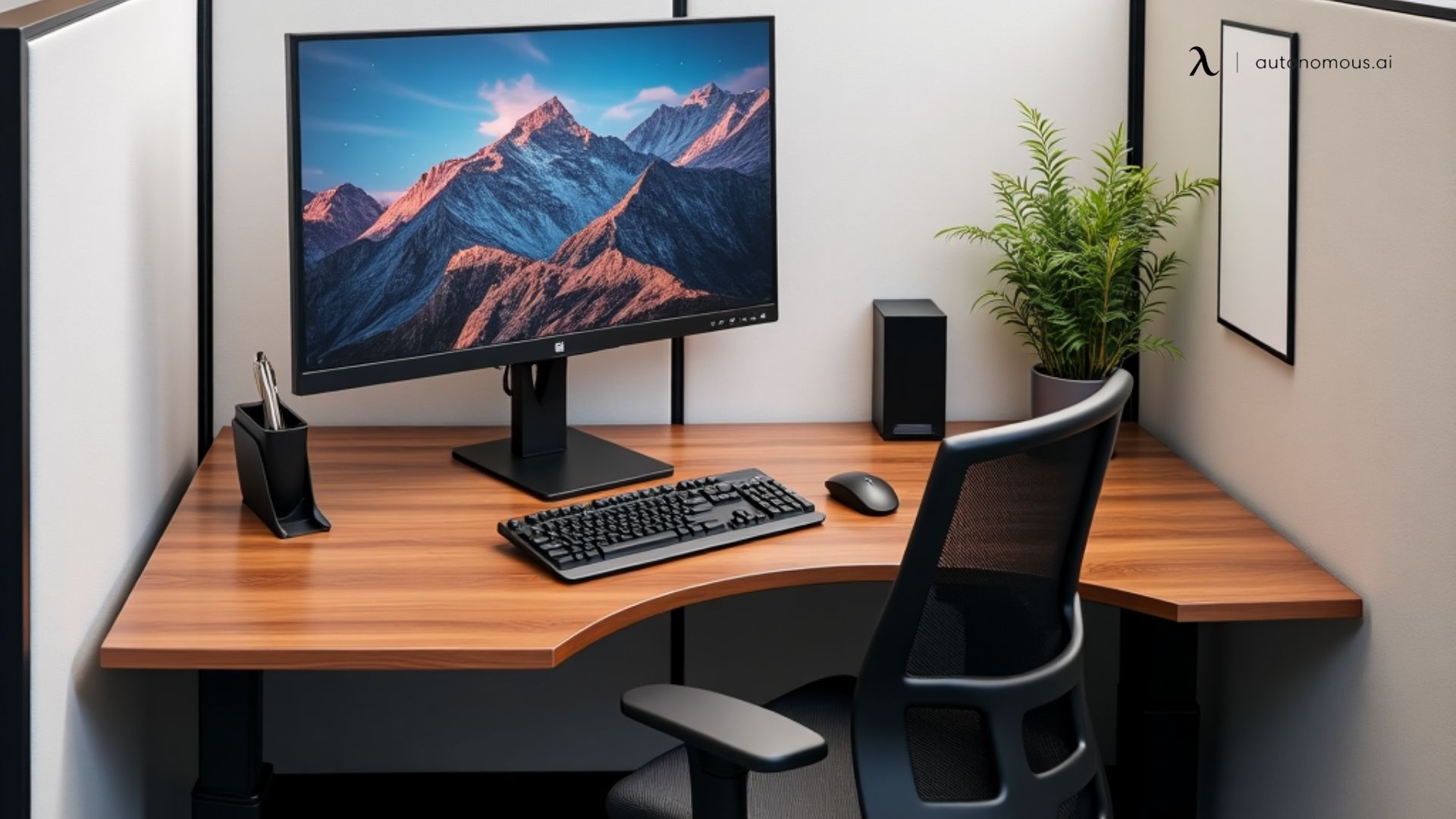
The Ultimate Guide to Office Cubicle Installation
Workplace Inspiration | Feb 3, 2025 574 views

Creative Office Cubicle Birthday Decorations to Make Your Coworker's Day
Workplace Inspiration | Jan 26, 2025 235 views

Best Coworking Spaces in Atlanta, GA
Remote Working | Feb 4, 2025 690 views
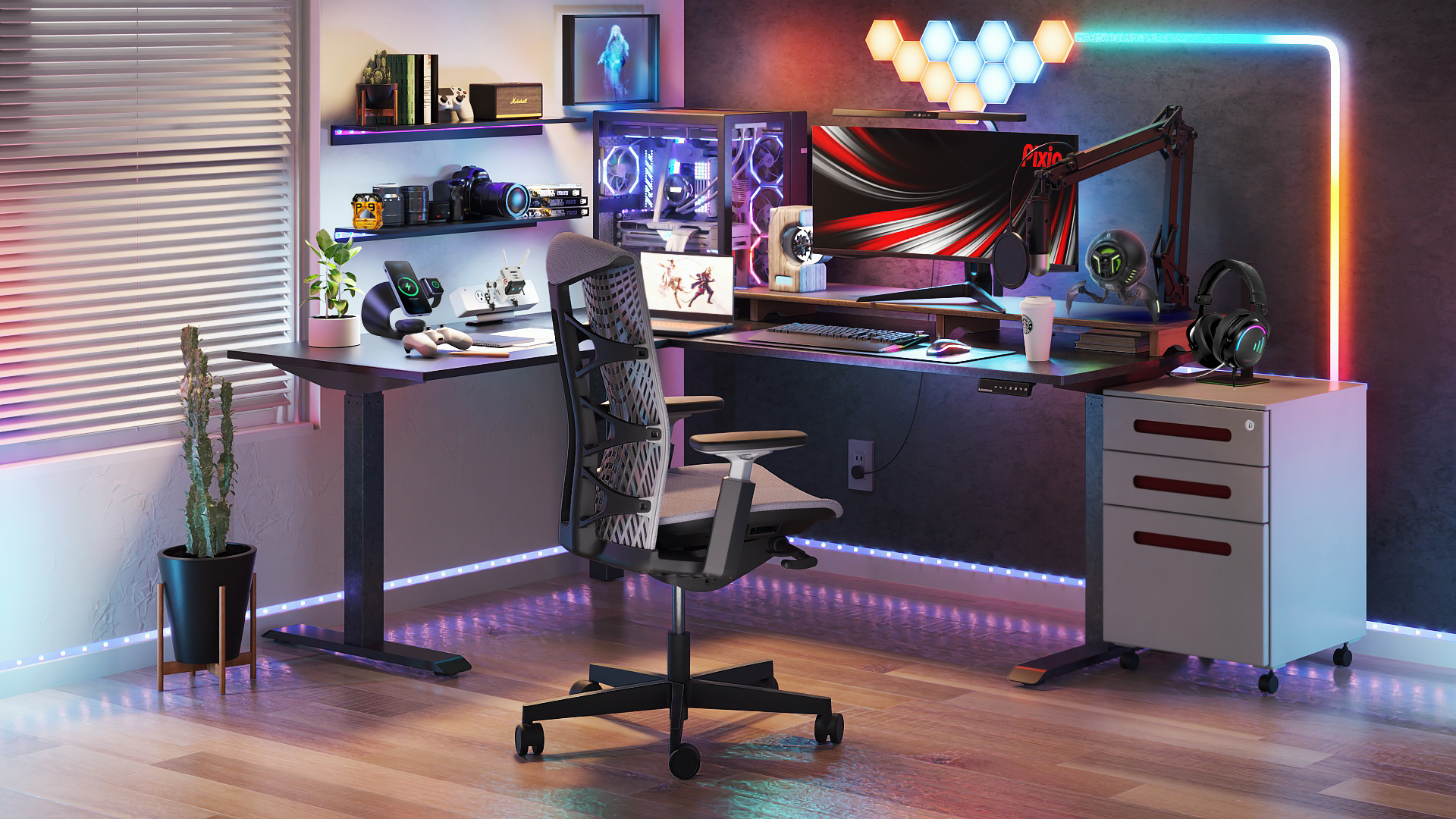
How to Build a PC for Music Production and Create a Productive Setup
Smart Products | Feb 3, 2025 885 views
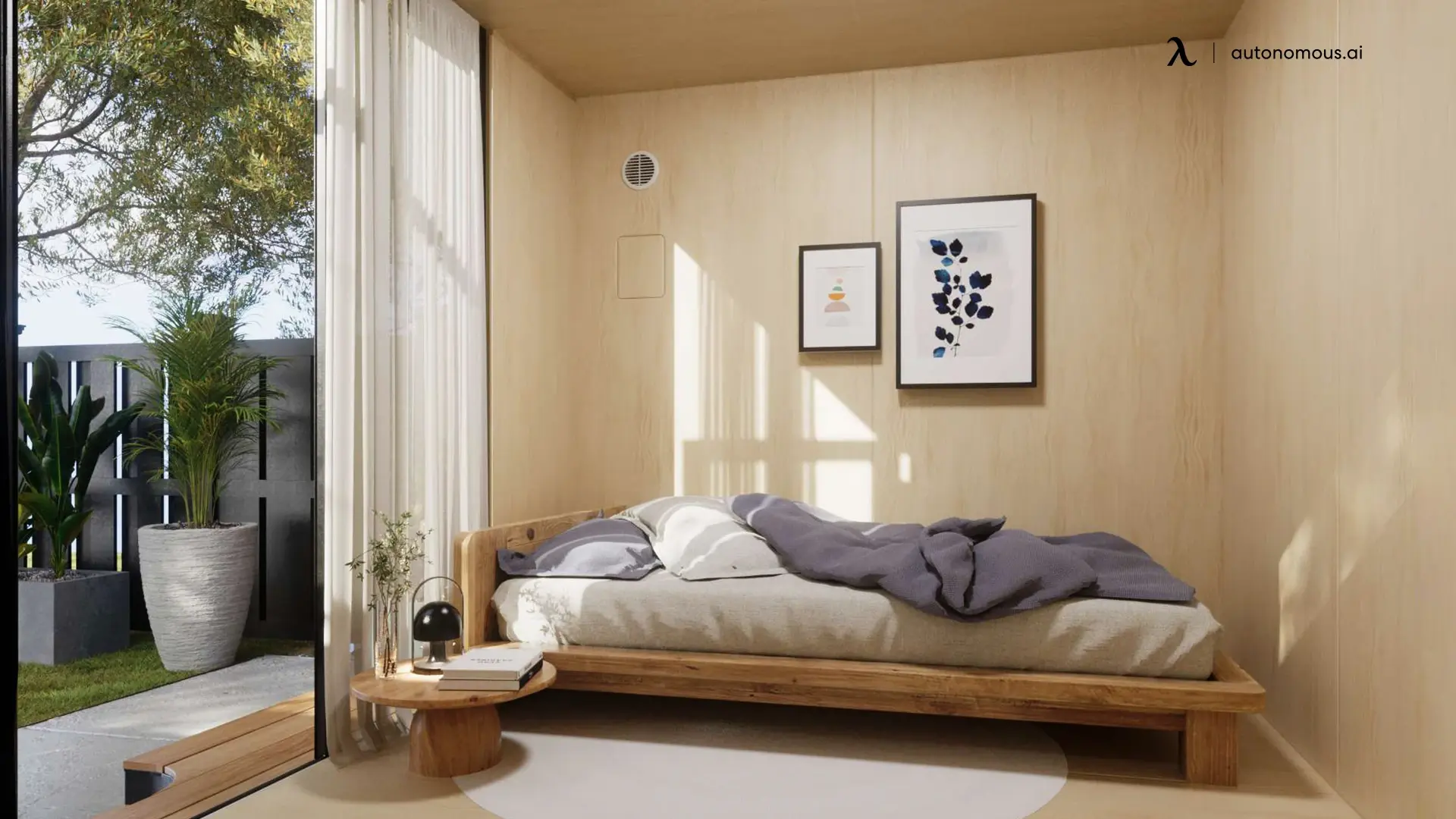
Stylish Prefab ADUs with Lofts for Compact Spaces
Workplace Inspiration | Jan 27, 2025 913 views

Best Free AI Art Generators with No Restrictions
Jan 23, 2025 1,159 views
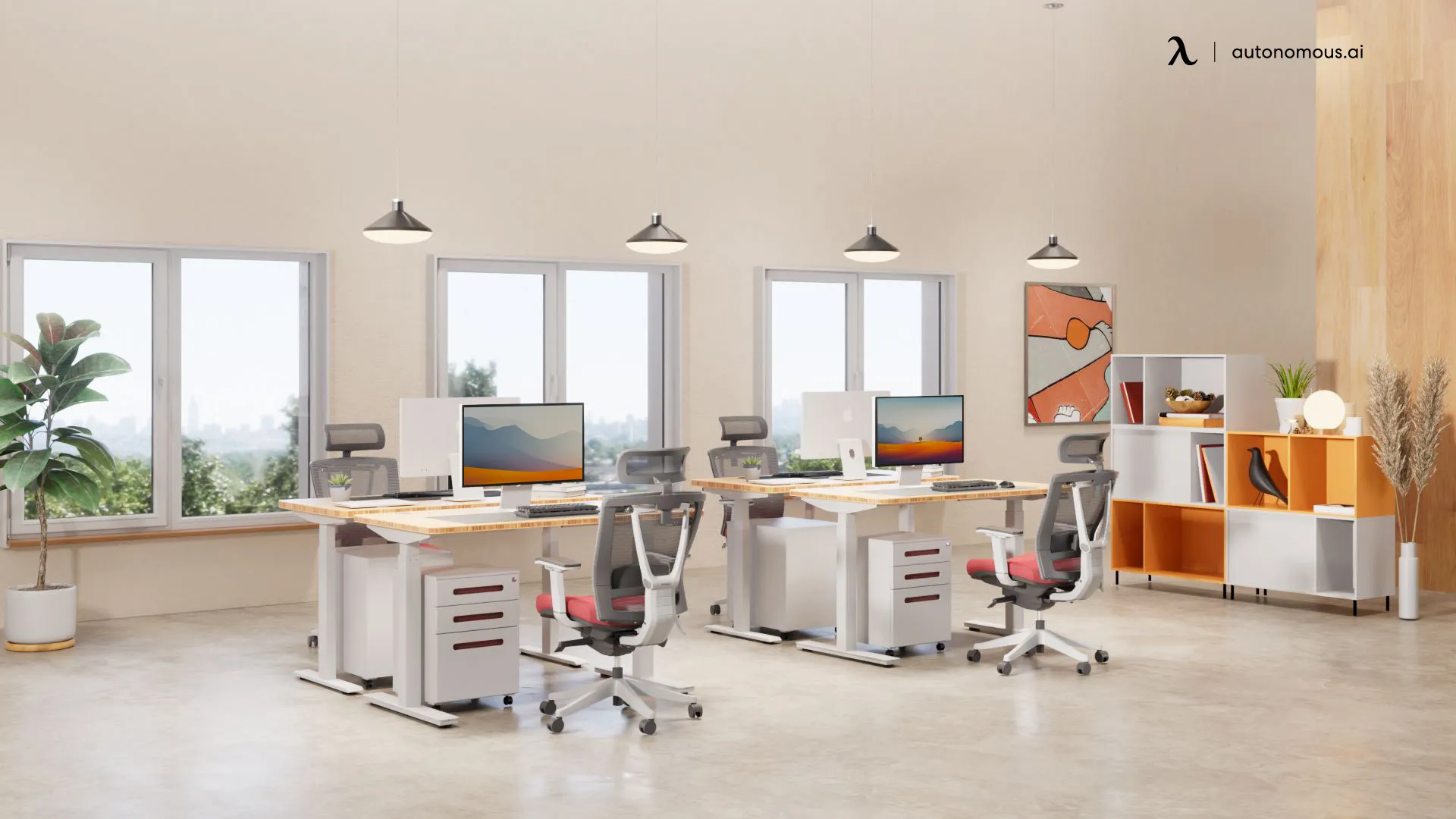
Best Office Cubicle Lights to Brighten Your Workspace
Workplace Inspiration | Jan 23, 2025 1,330 views
